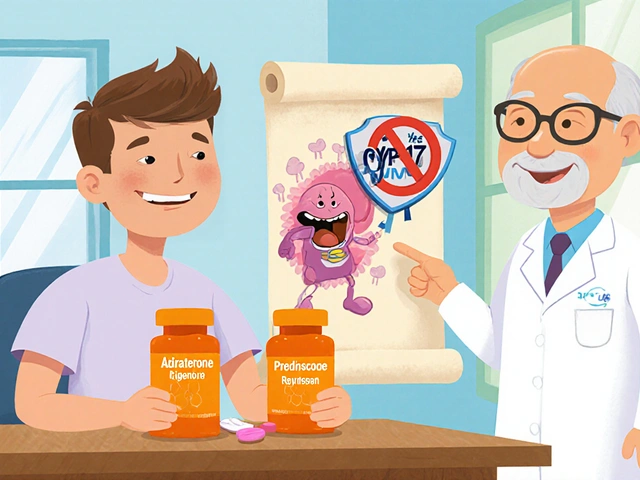Exercise and Blood Pressure: Safe, Practical Steps You Can Start Today
Want to use exercise to lower your blood pressure without risking a spike? Good news: regular activity is one of the most reliable ways to reduce blood pressure over time. But how you exercise matters. The goal is steady, safe improvement — not sudden strain.
What workouts help — and which to avoid
Aim for aerobic activity first. Brisk walking, cycling, swimming, and dancing raise your heart rate safely and, done regularly, can drop systolic pressure by 5–10 mmHg over months. Target about 150 minutes a week of moderate aerobic exercise or 75 minutes of vigorous activity spread across most days. Short sessions (10–20 minutes) add up and are easier to stick with.
Strength training is valuable too. Two sessions per week with 8–12 reps per exercise helps overall heart health and supports weight control. Keep the tempo steady, breathe normally, and avoid holding your breath during lifts — that Valsalva maneuver can spike blood pressure.
Skip heavy isometric efforts like max-effort static holds or extremely heavy lifts if you have uncontrolled hypertension. These can cause sudden BP surges. If you like resistance training, use moderate weights and higher reps and focus on controlled movements.
Safety rules and monitoring tips
Check your blood pressure before exercising if you know you have hypertension. If your reading is above 180/110 mmHg, avoid exercise and contact your healthcare provider — that's a threshold many clinicians use as a sign to hold off. If your doctor cleared you but you feel dizzy, chest pain, severe shortness of breath, or lightheaded, stop and get medical help.
Use a home BP monitor to track trends, not single numbers. Measure at the same time each day, sitting quietly for five minutes, arm supported at heart level. Write readings down or use an app so you can see whether your exercise plan is changing numbers over weeks.
Small changes matter. Add a daily 20–30 minute walk, swap one sugary drink for water, or replace an evening screen session with light stretching. Interval walking — alternating brisk pace with gentle recovery — boosts fitness faster and can improve blood pressure control more than steady slow walking.
Medication and exercise usually pair well, but drugs can affect heart rate and how you feel during workouts. Tell your provider about your exercise plans; they can advise on timing meds or adjusting intensity. If you’re new to exercise, start slow and build up over 4–8 weeks.
Bottom line: consistent, moderate aerobic activity plus regular strength work helps lower blood pressure safely. Measure, pace yourself, and check with your clinician when blood pressure is high or if you have other health issues. Small, steady changes beat dramatic bursts every time.
16
Lisinopril-HCTZ and Exercise: Staying Active Safely with Blood Pressure Medication
Juggling Lisinopril-HCTZ for hypertension and an active lifestyle can get tricky. This article dives into smart, realistic tips for working out while safely managing medication. It breaks down the science, highlights common challenges, and offers practical suggestions so you can move confidently toward your fitness goals. Whether you’re new to exercise or want to keep pushing limits, you’ll find advice to help prevent side effects, fuel motivation, and support heart health. Get ready for a smooth path to better blood pressure and a more energized you.
Latest Posts
Popular Posts
-
 Generational Differences: How Age Shapes Attitudes Toward Generic Medications
Generational Differences: How Age Shapes Attitudes Toward Generic Medications
-
 GLP-1 Side Effects: How to Manage Nausea, Dosing, and Realistic Expectations
GLP-1 Side Effects: How to Manage Nausea, Dosing, and Realistic Expectations
-
 Amyotrophic Lateral Sclerosis: How Riluzole Slows Neurodegeneration and Extends Life
Amyotrophic Lateral Sclerosis: How Riluzole Slows Neurodegeneration and Extends Life
-
 Pharmacist Recommendations: When to Suggest Authorized Generics
Pharmacist Recommendations: When to Suggest Authorized Generics
-
 Allergy Action Plan: Essential Medications to Carry and When to Use Them
Allergy Action Plan: Essential Medications to Carry and When to Use Them



